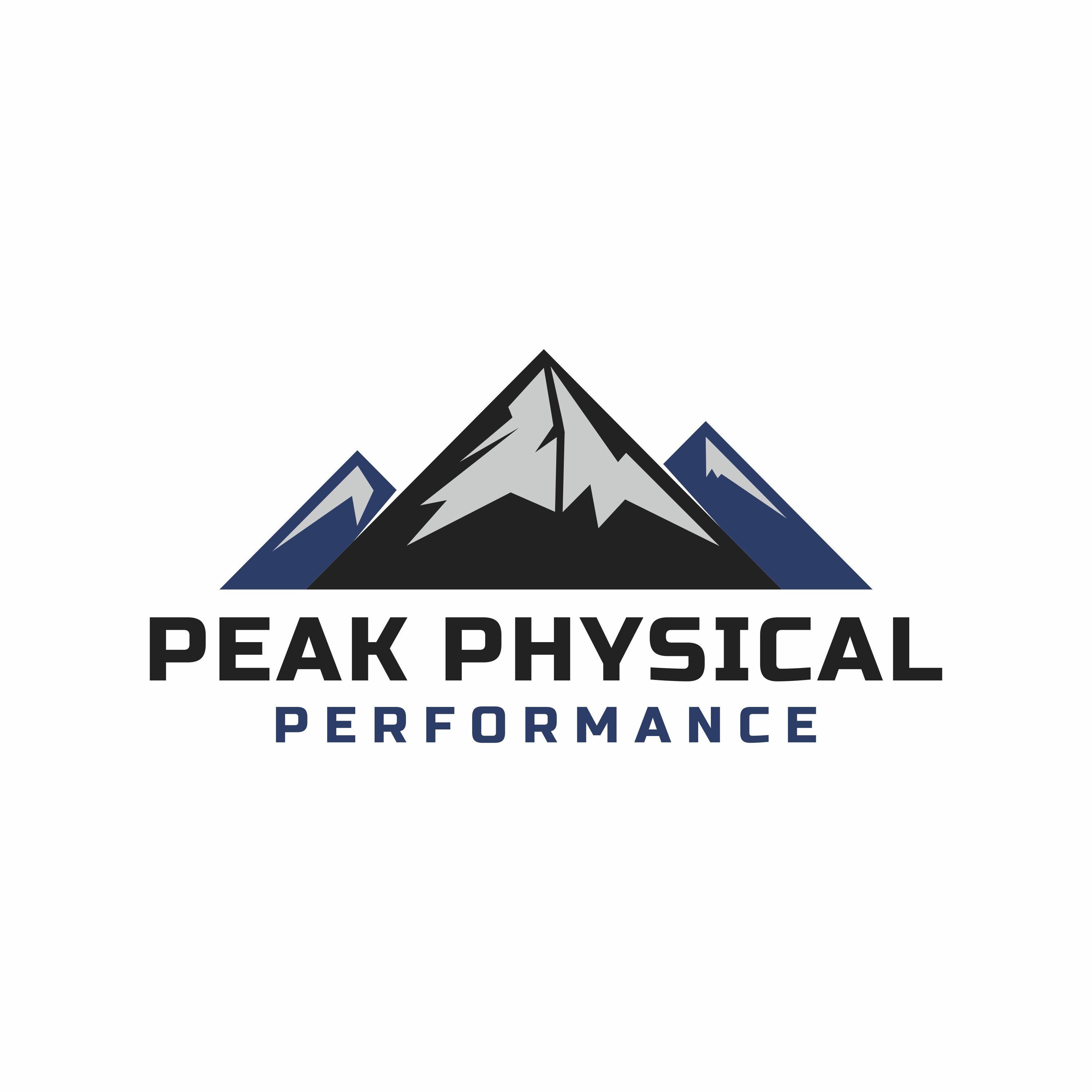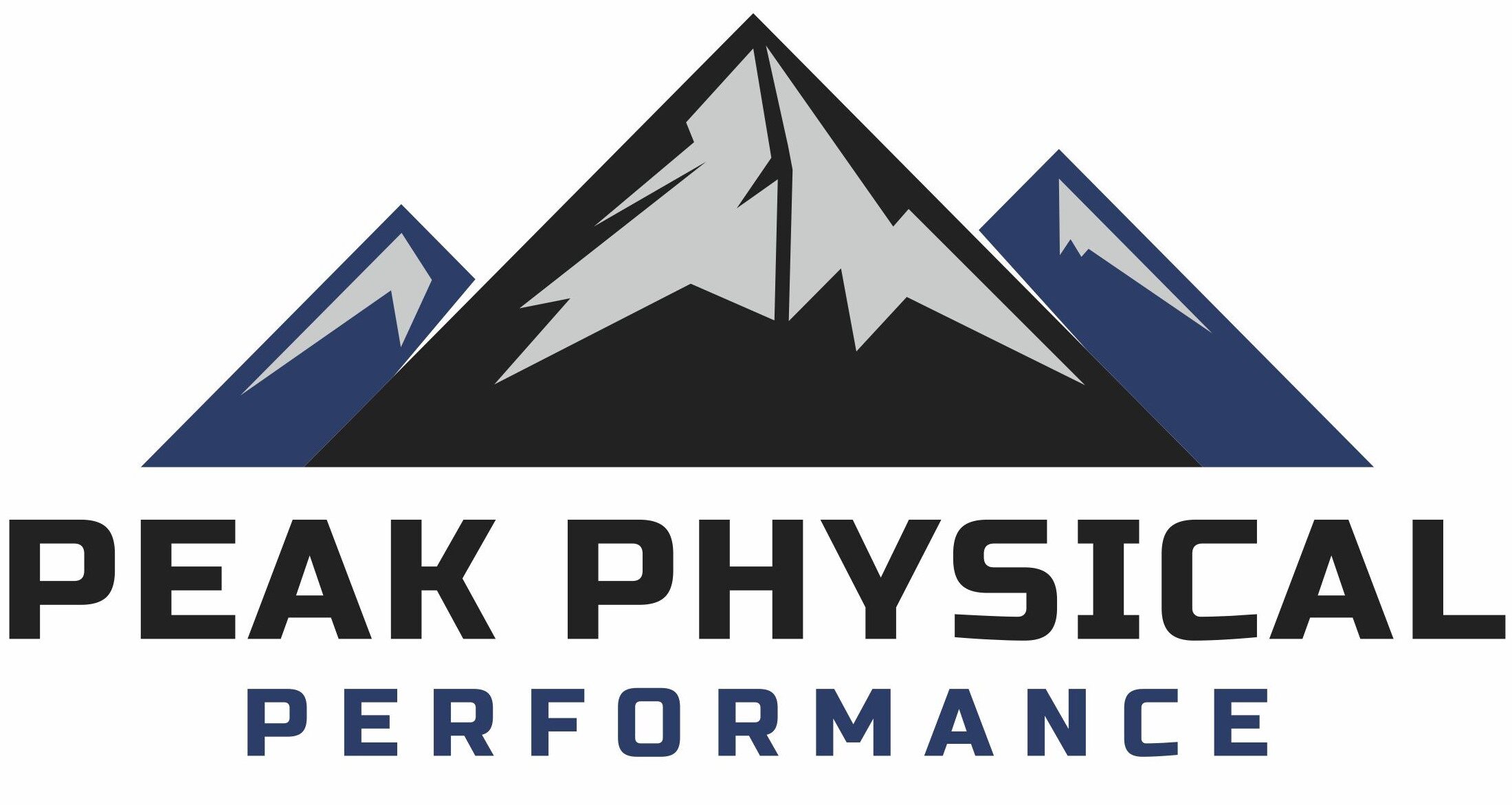A strong core is essential for overall body strength, posture, and injury prevention. The core muscles, which include the abdominals, lower back, and pelvis, play a vital role in stabilizing the body during movement. Whether you’re an athlete, recovering from an injury, or simply looking to improve your everyday performance, strengthening your core can bring multiple benefits. In this post, we’ll explore the best core exercises based on research, highlighting the most effective movements for building strength and improving functional fitness.
Why is Core Strength Important?
Core strength is the foundation for nearly every movement we perform. It helps:
- Stabilize the spine: Core muscles act as stabilizers, providing support for the spine and preventing injuries, especially during physical activities like lifting, bending, and twisting.
- Improve posture: Strong core muscles help maintain a proper posture, which reduces strain on the back and neck, decreasing the likelihood of chronic pain.
- Enhance athletic performance: Many sports and exercises, such as running, swimming, and cycling, require a strong core for efficiency, power, and endurance.
- Reduce the risk of falls and injuries: A solid core helps you maintain balance, preventing falls and improving functional mobility, especially in older adults.
Research suggests that focusing on exercises that engage multiple muscle groups in the core, including deep stabilizing muscles, is crucial for achieving a well-rounded and functional core.
1. Plank
The plank is one of the most effective core exercises for building endurance and overall strength. According to a study published in the Journal of Strength and Conditioning Research, planks activate the core muscles to a high degree, helping to build strength without placing excessive strain on the spine (Schoenfeld, 2010).
How to do it:
- Start by positioning yourself on the floor with your forearms and toes on the ground, aligning your body in a straight line.
- Engage your core, keeping your back flat and avoiding sagging hips.
- Hold for as long as you can, aiming for at least 30 seconds to start.
2. Dead Bug
The dead bug exercise is particularly effective for engaging the deep stabilizing muscles of the core, including the transverse abdominis. A study in Sports Health highlighted that exercises like the dead bug are beneficial for improving core stability and reducing lower back pain (Santos et al., 2016).
How to do it:
- Lie on your back with your arms extended toward the ceiling and knees bent at a 90-degree angle.
- Slowly lower your right arm and left leg toward the floor, keeping your lower back pressed into the mat.
- Return to the starting position and repeat on the other side.
- Perform 10-12 reps on each side.
3. Bird Dog
The bird dog is a dynamic exercise that strengthens the lower back, glutes, and abdominals. Research from The Journal of Physical Therapy Science found that the bird dog is an excellent movement for improving core stability and reducing lumbar spine injury risk (Bae et al., 2014).
How to do it:
- Start on your hands and knees, with your wrists aligned under your shoulders and knees under your hips.
- Slowly extend your right arm forward and left leg backward, keeping both straight and your hips stable.
- Hold for a few seconds before returning to the starting position.
- Repeat on the other side for 10-12 reps.
4. Russian Twists
Russian twists target the obliques, the muscles on the sides of your abdomen, and are great for rotational strength. A study published in The Journal of Strength and Conditioning Research showed that exercises involving rotation, like the Russian twist, are effective for strengthening the obliques and improving overall core strength (Anderson et al., 2013).
How to do it:
- Sit on the floor with your knees bent and feet flat.
- Lean back slightly, keeping your back straight and your chest open.
- Hold a weight or medicine ball with both hands, and rotate your torso to the right, tapping the floor beside your hip.
- Return to the center and rotate to the left side.
- Perform 15-20 twists on each side.
5. Glute Bridge
While primarily targeting the glutes, the glute bridge also engages the lower back and abdominal muscles, providing a comprehensive core workout. Research in the Journal of Strength and Conditioning Research indicates that the glute bridge activates the entire posterior chain, which includes many of the key muscles supporting the spine (Willardson, 2007).
How to do it:
- Lie on your back with your knees bent and feet flat on the floor, hip-width apart.
- Press your feet into the floor as you lift your hips toward the ceiling, squeezing your glutes at the top.
- Hold for a few seconds before lowering your hips back to the floor.
- Perform 12-15 reps.
6. Side Plank
The side plank is an excellent exercise for targeting the obliques, hip abductors, and other stabilizing muscles along the side of the torso. A study in the Journal of Strength and Conditioning Research showed that the side plank significantly activates the obliques and improves lateral core stability (Nicolay et al., 2014).
How to do it:
- Lie on your side with your elbow directly beneath your shoulder and your legs extended.
- Lift your hips off the ground, forming a straight line from head to heels.
- Hold for 30 seconds on each side, gradually increasing the duration as you build strength.
7. Cable Woodchoppers
Cable woodchoppers are dynamic exercises that engage the entire core, especially the obliques and transverse abdominis. According to research from The Journal of Strength and Conditioning Research, this rotational movement recruits multiple core muscles simultaneously, improving overall functional strength (Schick et al., 2010).
How to do it:
- Attach a rope handle to a cable machine at the highest setting.
- Stand perpendicular to the machine, holding the handle with both hands.
- Pull the rope diagonally across your body, rotating your torso and engaging your obliques.
- Slowly return to the starting position and repeat for 10-12 reps on each side.
A strong core is essential for overall health and functional fitness. The exercises mentioned above—planks, dead bugs, bird dogs, Russian twists, glute bridges, side planks, and cable woodchoppers—are all highly effective at strengthening the muscles of the abdomen, lower back, and pelvis. Incorporating these exercises into your fitness routine will not only improve your posture and athletic performance but also reduce the risk of injury and chronic pain. Remember, consistency is key, and always prioritize proper form to get the most out of your core workouts.
References:
- Anderson, T., et al. (2013). Effectiveness of Russian twist exercise on abdominal muscle strength. Journal of Strength and Conditioning Research.
- Bae, H., et al. (2014). Effects of bird dog exercise on core stability. Journal of Physical Therapy Science.
- Nicolay, A., et al. (2014). Side plank as an effective exercise for the obliques and core stability. Journal of Strength and Conditioning Research.
- Schoenfeld, B. (2010). The effectiveness of planks in abdominal training. Journal of Strength and Conditioning Research.
- Santos, P., et al. (2016). The effectiveness of core stability exercises for low back pain. Sports Health.
- Schick, E. E., et al. (2010). The efficacy of rotational exercises on core strength. Journal of Strength and Conditioning Research.
- Willardson, J. M. (2007). The effectiveness of glute bridges for posterior chain development. Journal of Strength and Conditioning Research.



Comments are closed